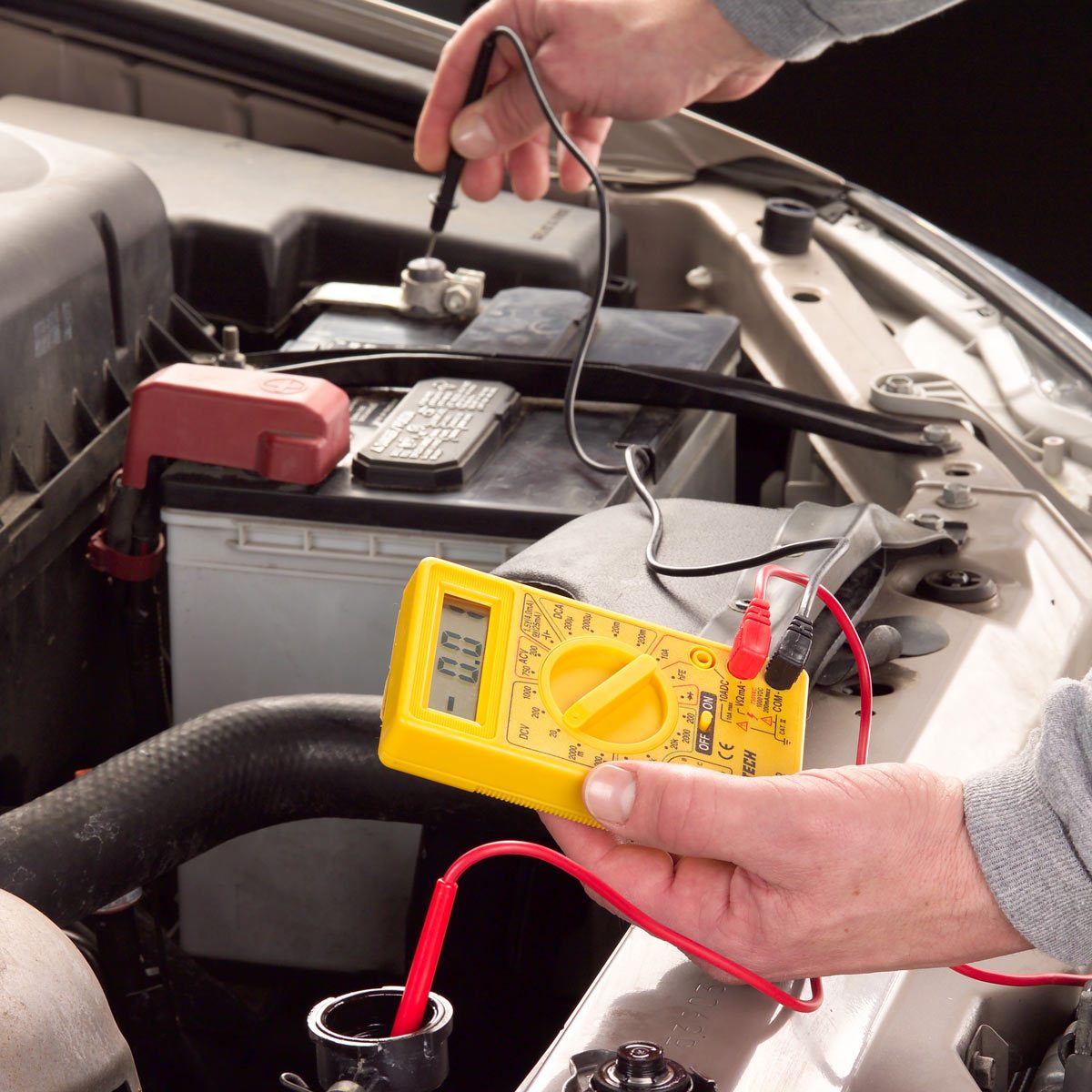
Coolant Testing with a Multimeter
Perform a quick diagnostic test for corrosion in your water pump, radiator or heater core with a digital multimeter.
I did not think that the galvanic voltage of the coolant was necessarily an indicator of anything, but I guess it is? Do any cars (modern or not) have such an easy-to-rig sensor for this?
See also:
The Invisible Enemy - Auto Service World
Summer is here and people are traveling to vacation destinations. With the hotter temperatures, trailer towing and air conditioning use, the vehicle’s cooling system becomes taxed. This could ultimately lead to overheating or a cooling...
Would this apply to the modern HOAT coolants as well as the yellow prestone coolant?

















